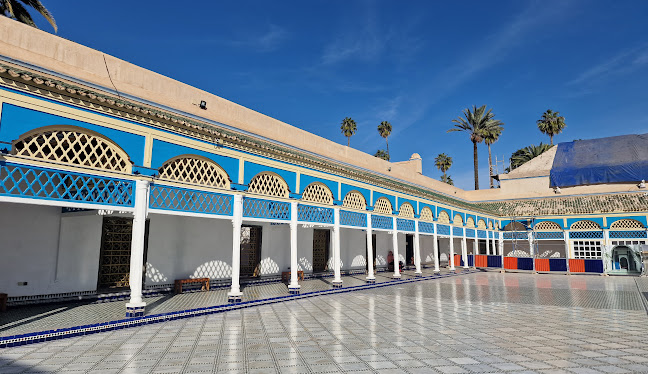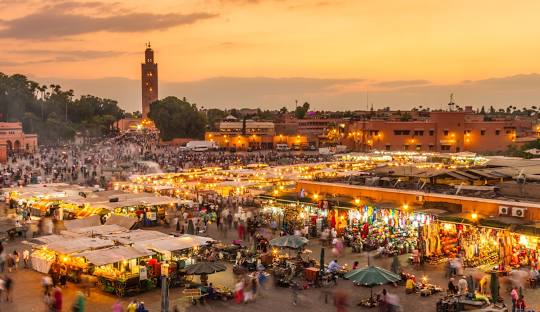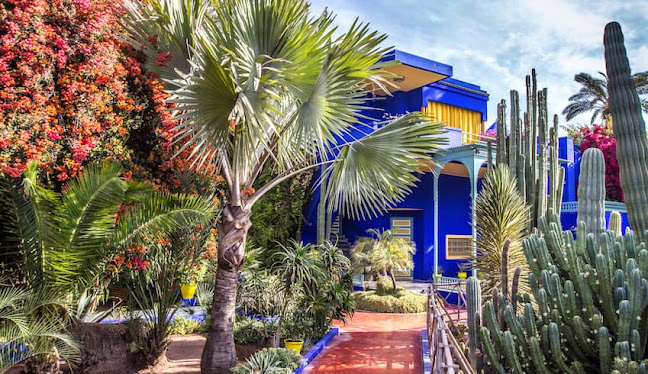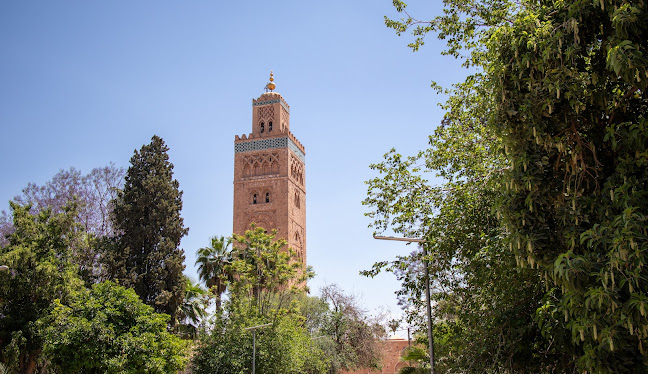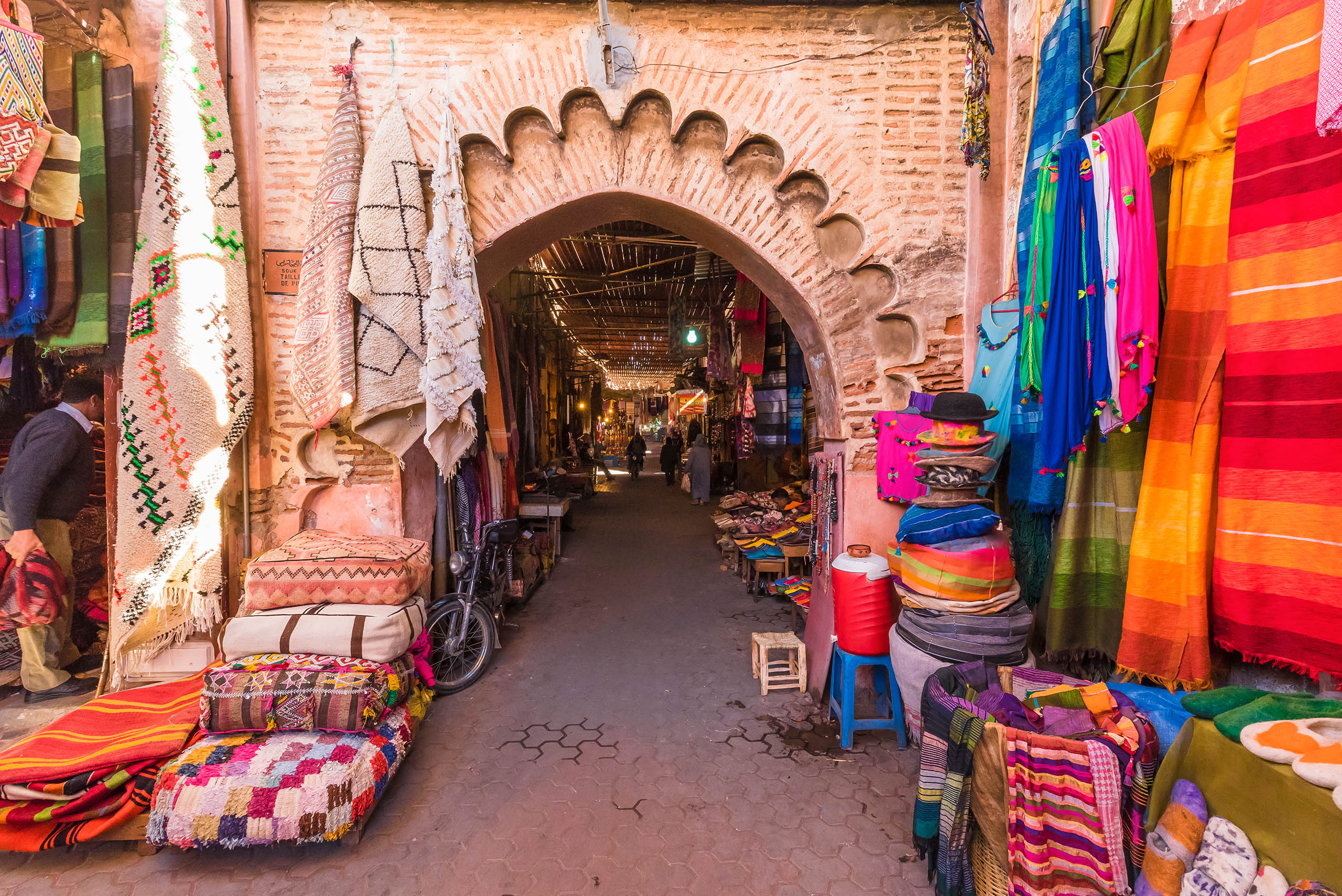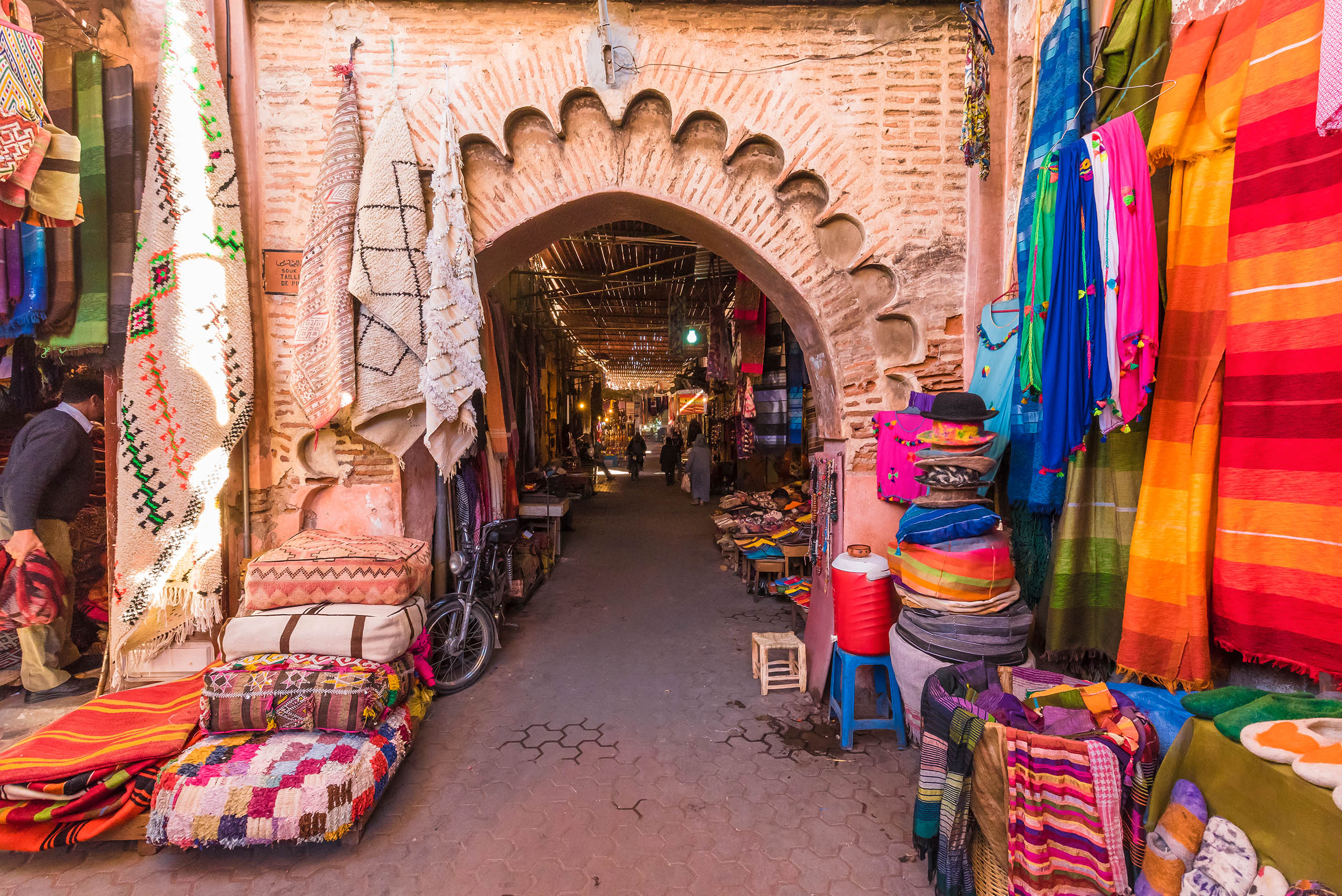History of Marrakech Morocco, often called the red city because of its distinctive sandstone walls and buildings, is one of the most iconic and rich. It stretches back nearly a thousand years and is deeply tied to the rise and fall of dynasties that shaped not only Morocco but also the greater Maghreb and even parts of Spain and the Sahara. The story of Marrakech is one of power, religion, trade, and culture, making it a vital part of Moroccan identity.
History of Marrakech Morocco
The history of Marrakech Morocco was founded in 1070 by Abu Bakr ibn Umar, a leader of the Almoravid dynasty. At the time, the Almoravids were a Berber dynasty that emerged from the desert tribes of the Sahara, motivated by a strict interpretation of Islam and a strong sense of unity. Marrakech was chosen as their base, and its location proved strategic, sitting at the intersection of trade routes linking sub-Saharan Africa, the Atlas mountains, and the Mediterranean coast. From the very beginning, Marrakech was conceived as more than just a military camp. It was envisioned as a capital that would embody the Almoravid vision of religious and political authority.
Under the Almoravids, the history of Marrakech Morocco quickly began to grow. They constructed the first walls of the city, which gave it the fortified character it still retains today. More importantly, they laid out the foundations of its urban fabric, building mosques, palaces, gardens, and irrigation systems that transformed the surrounding land into fertile grounds. The Almoravid rulers also brought with them influences from Andalusia and North Africa, blending architectural traditions to create a unique style that would later define Marrakech. In 1147, the Almoravid dynasty was overthrown by the Almohads, another Berber dynasty but one that arose from the High Atlas Mountains with a more reformist religious ideology.
In the history of Marrakech Morocco, the Almohads saw themselves as purifiers of the faith, and they considered many Almoravid buildings to be insufficiently Islamic. They demolished a number of structures, including the main mosque, which they rebuilt into the Koutoubia Mosque, one of the great landmarks of Marrakech. The Almohads expanded the city, reinforced its walls, and constructed monumental gates and public works that elevated Marrakech to a symbol of imperial grandeur. Under their rule, Marrakech became a true capital of an empire that stretched from modern-day Libya in the east to Andalusia in the north.
The decline of the Almohads in the thirteenth century led to the rise of the Marinid dynasty, which moved its capital to Fez. The history of Marrakech Morocco fell into a period of relative neglect, though it remained an important regional center. During these centuries, the balance of power shifted within Morocco, and Marrakech lost some of its political dominance. However, it retained cultural and religious significance, as Sufi brotherhoods and scholars continued to make the city a place of spiritual activity.
The history of Marrakech Morocco returned to prominence in the sixteenth century with the rise of the Saadian dynasty, who traced their lineage to the Prophet Muhammad, making the city their capital once again and infused it with wealth and splendor. They are perhaps best remembered for their architectural contributions, including the Saadian Tombs and the magnificent El Badi Palace, which was designed to showcase the dynasty’s wealth and power. Marrakech became a thriving center of trade, as caravans from the Sahara brought gold, slaves, and spices into the city, while European merchants sought Moroccan sugar and other goods.
In the seventeenth century, power shifted once more, this time to the Alaouite dynasty, which still rules Morocco today. The Alaouites initially favored Meknes as their capital, but the history of Marrakech Morocco continued to play an important role, both symbolically and strategically. The Alaouite rulers restored parts of the city, and Marrakech remained one of Morocco’s imperial capitals alongside Fez, Meknes, and later Rabat.
By the nineteenth and early twentieth centuries, the history of Marrakech Morocco was of both a city of tradition and a place of intrigue, caught up in the politics of colonial expansion. The Kingdom became a French protectorate in 1912, and Marrakech came under French influence, though it retained its distinctly Moroccan identity. During this period, European artists, writers, and adventurers were drawn to Marrakech, captivated by its colors, sounds, and atmosphere. The French built new districts alongside the old medina, but they also preserved many of the historic monuments that had defined the city for centuries.
After Morocco gained independence in 1956, Marrakech continued to grow in importance as both a cultural and economic hub. Its medina, with its labyrinthine alleys, traditional markets, and historic mosques, became a UNESCO World Site in 1985, ensuring the protection of its unique heritage. Today, Marrakech is both a living city and an open-air museum, where history is woven into the fabric of daily life. The city continues to attract visitors from around the world, drawn by its blend of history, architecture, and vibrant culture.
From its Almoravid foundation through Almohad expansion, Saadian magnificence, and French colonial encounters, the history of Marrakech Morocco has stood as a symbol of Moroccan resilience and creativity. Its history reflects the broader story of Morocco itself, as a crossroads of civilizations, religions, and cultures, where the desert meets the mountains and where the past continues to shape the present.
